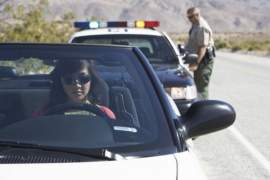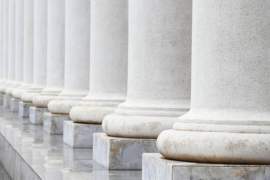
A Guide to Picture Editing and Censorship

What is Picture Editing?
Picture Editing is the procedure of altering, modifying, and adjusting visual images or pictures, which can include drawing, photographs, film cells, or paintings. Within the realm of artistry and media, Picture Editing can take place in a variety of settings absent of political or ideological methodology; in contrast, Picture Editing taking place within the realm of censorship will tend to do so in accordance to the applicable authoritative guidelines latent within a particular – or jurisdictional – institution.
What Causes Picture Editing?
Within the act of Picture Editing lies a variety of classification parameters undertaken by both the administration mandating the Picture Editing, as well as the subject matter of the picture being edited; regulations and ideologies may range in nature with regard to religion, intended audience, public – or private – guidelines of acceptability, and statutory legislation. For example, the following circumstances in which Picture Editing took place differ both in the setting of the Picture editing, as well as the authoritarian reasoning behind the Picture editing:
Picture Editing of the Photograph of Joseph Stalin and Nikolai Yezhov (1940)
In 1920, following a speech given by Vladimir Lenin, a photograph of Joseph Stalin was taken with cabinet leader Nikolai Yezhov; however, in 1940 – subsequent to Yezhov’s execution – Stalin ordered that Yezhov be removed from the photograph. Due to the fact that two versions of the photograph were in existence, this type of Picture Editing incited concern on the part of Russian citizens that arose with regard to the integrity of the information and media provided to them by the Russian leadership.
Picture Editing of the Cover of National Geographic Magazine (1982)
In 1982, National Geographic magazine had features the Pyramids of Egypt on the cover of their publication; however, prior to the pressing of the issue, editors had noticed that the distance between the two pyramids would disallow for both pyramids to fit onto the cover of the magazine. As a result, the editors enacted measures of Picture Editing that altered the natural distance between the two pyramids in order to successfully allow them to fit on the cover:
Subsequent to the release of the issue of the magazine, National Geographic found themselves to be the subject a vast array of debate with regard to both the integrity of their photojournalism, as well as the legality surrounding the Picture Editing employed
Arguments were presented questioning the authority of a magazine considered to be rooted within factual and truthful portrayal of media to be permitted to depict fallacious imagery
Critics of National Geographic argued that legislation regulating the integrity of pictures advertised as fact should be uniform with the legislation regulating text advertised as fact
Picture Editing Legislation
The National Press Photographers Association, which is also known by its acronym NPPA, has instated a code of ethics and procedure with regard to both the process and procedure of Picture Editing; this code was enacted in order to ensure that images rendered through photojournalism would be presented in authentic and factual manners in conjunction with the subject matter.



















